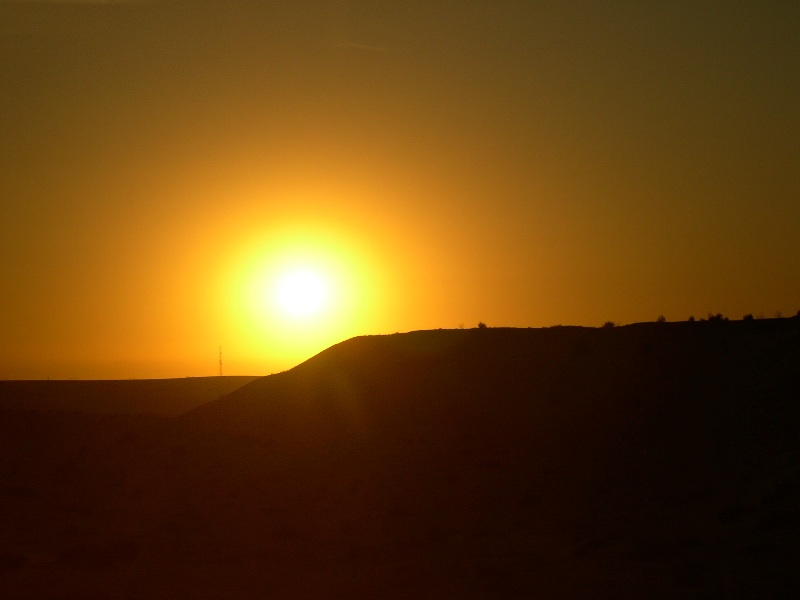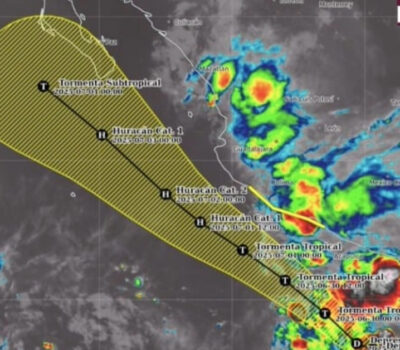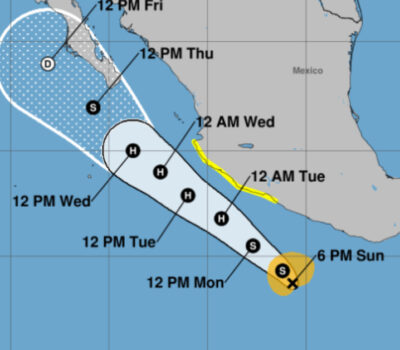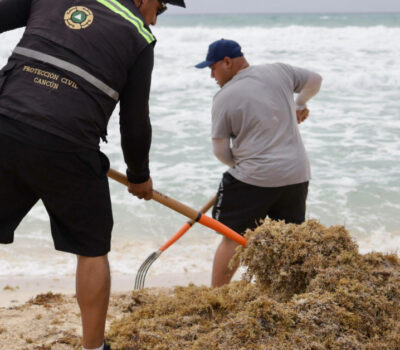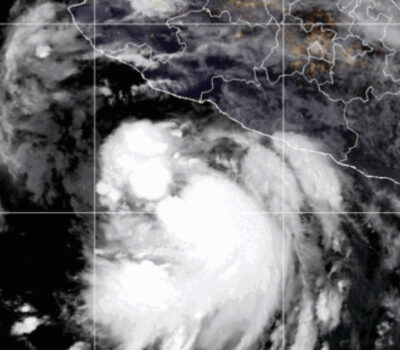Daylight saving time starts on Sunday, April 2nd at 2:00 a.m., so it is recommended to set your clocks ahead one hour this Saturday before bed to start the day with the new schedule, which concludes on Sunday, October 29.
In most of the national territory, except in the states of Quintana Roo and Sonora, as well as in the border strip with the United States, DST begins on the first Sunday in April and concludes the last of October, when clocks are set back by one hour.
Changing the clock by one hour reduces daily energy consumption in the period of maximum demand for electricity, and reduces the emission of carbon dioxide to the atmosphere.
During the summer months, especially in the more distant areas of the equator, there is a marked difference between the hours of natural light and nights, due to the Earth’s tilt, that is to say, the sun rises earlier and sets later .
Unlike the rest of the Mexican states, in the 33 municipalities of the northern border, summer time begins on the second Sunday in March at 2:00 a.m. and ends on the first Sunday of November at the same time, to coincide with the time zone in United States for economic purposes.
For the current year, summer time for the border strip started on Sunday, March 12 and will end on Sunday, November 5.
Meanwhile, the states of Quintana Roo and Sonora do not observe daylight savings time, so they maintain a single time zone throughout the year, in line with that of Arizona.
Sonora does not carry out the change because of its high temperatures and Quintana Roo to match the standard of other Caribbean tourist destinations that compete with the Riviera Maya.
Daylight saving time starts on Sunday, April 2nd at 2:00 a.m., so it is recommended to set your clocks ahead one hour this . . .

